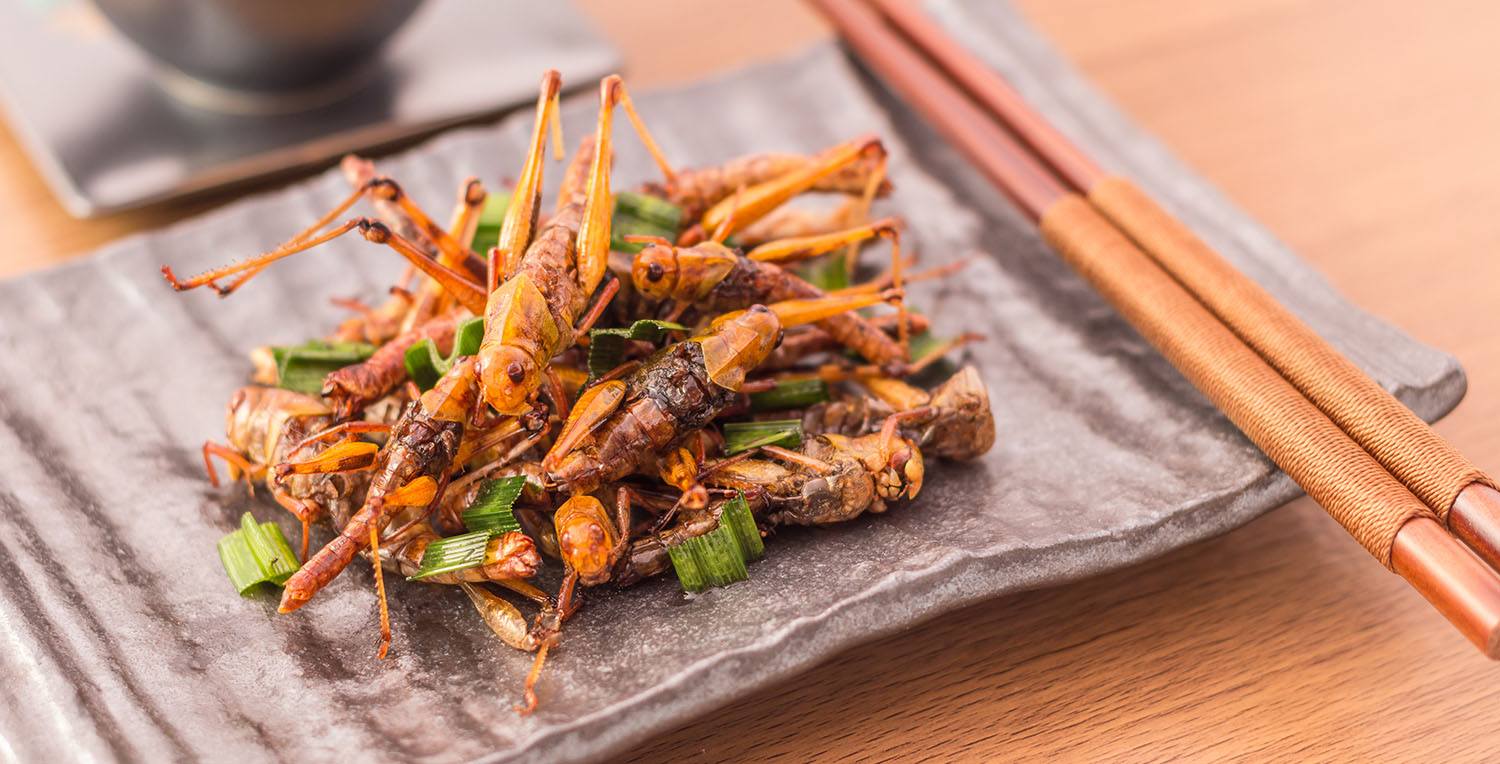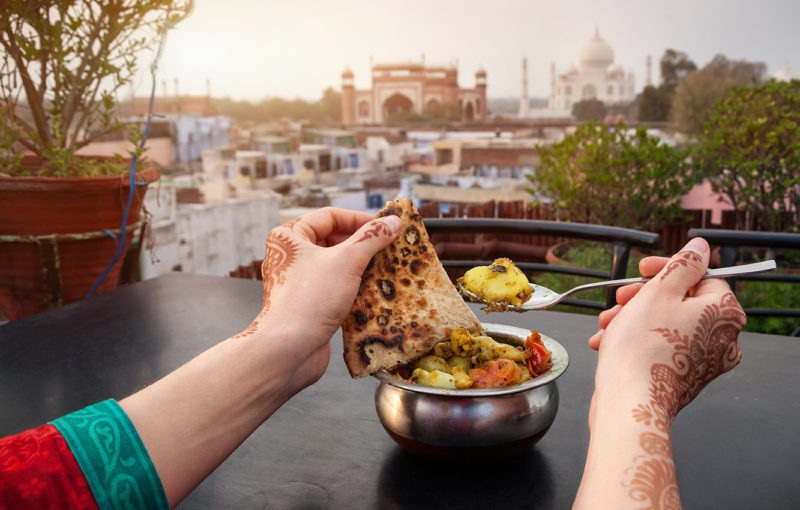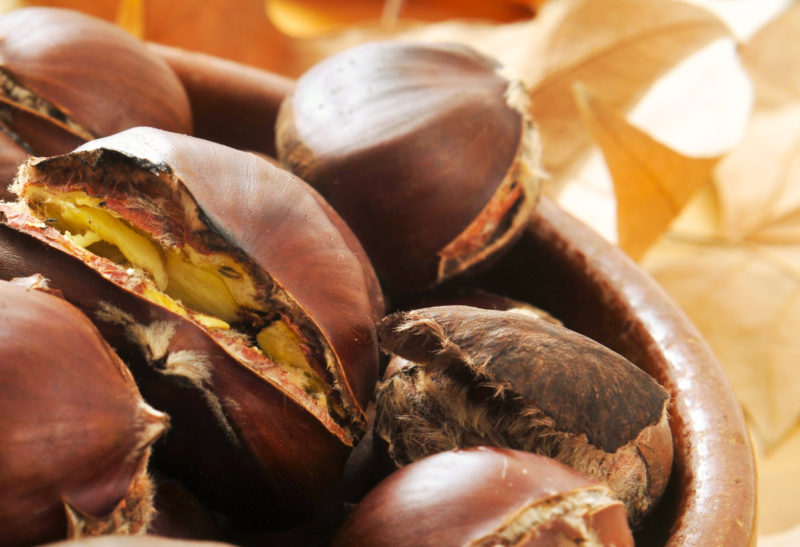

Eating insects, sustainable and abundant protein
They grow with very little water and energy, feed on organic waste and reproduce very quickly. They are 80% utilised, rich in protein, fibre and minerals. Insects are the great food alternative of the future. We explain it to you!
If these lines were describing a type of poultry or fish, there would be queues to invest in farms to produce them. But no, they do not refer to birds or fish, i.e. vertebrate animals, as are ruminants (cows, oxen, lambs, goats), but to insects, the most numerous living beings on Earth. We are talking about beetles, grasshoppers, worms, crickets and many others. Approximately 75% of the animal species on Earth are insects, and of these, today, about 2,000 are known to be edible and generally rich in protein, fibre, minerals and vitamins.
The Food and Agriculture Organisation of the United Nations (FAO) has been recommending their consumption as a source of protein for years in anticipation of world population growth, global warming and the need to find more sustainable food sources than the current ones. In fact, the properties of insects as food for humans are well known because they have been and are a common food for many inhabitants of Asia, Africa and Latin America and their consumption has been more than studied. According to FAO data, some 2 billion people in the world already include insects in their diet. The most commonly consumed are beetles, caterpillars, bees, wasps, ants, grasshoppers and crickets.
In Europe we also ate insects
In today’s Europe, we are not used to eating insects, even though centuries ago it was the norm and was gradually lost. But in 2018 the European Food Safety Agency (EFSA) approved the marketing of insects as food following a formal request from French biotech company EAP Group Agronutris. The company specialises in the production of pet food proteins from insects.
Finally, in May 2021, and after scientific evaluations, EFSA gave final approval for the larva of the beetle ‘Tenebrio molitor’, which is better known as mealworm, to be considered fit for human consumption, either whole and dried or converted into powder or flour. More recently, on 12 November, the other select insect to receive approval was the ‘Locusta migratoria’, the grasshopper of all times, to which the famous biblical plagues referred. In its case, it is authorised frozen, dried and in powder or meal form.
In the Catalan Countries, they are increasingly consumed
As a result of these official advances, it is now possible to buy insects at BCN Insects in La Boqueria and Carrefour, or to go for a snack of grasshoppers and ants at the Mexican-inspired Oaxaca de Barcelona or the Santuari de Les Masies de Voltregà, among other establishments. There are also two companies in Alicante and Aldaia, Insectfit and Trillions, respectively, which sell energy bars and various products made with insect flour, especially crickets, and which are especially aimed at sportsmen and women who demand quality protein.
In short, whether to curb world hunger or because of climate change, the reasons and arguments for eating insects are many and weighty. And indeed, in Europe and the Western world, farm production and supply are already significant. We just have to overcome the cultural refusal to eat them and take the step to learn how to cook them. This is neither difficult nor strange, because if we eat prawns, mussels, frogs and snails, it is clear that we are not far from finding the formula to eat insects to our heart’s content and end up toasting to the health of the planet.
11Onze is becoming a phenomenon as the first Fintech community in Catalonia. Now, it releases the first version of El Canut, the super app of 11Onze, for Android and Apple. El Canut, the first universal account can be opened in Catalan territory.
If you liked this article, we recommend you read:
 Culture
CultureWe will all eat synthetic meat soon
4 min readExperts estimate that by 2050 there will be 9.5 billion people on
Leave a Reply
You must be logged in to post a comment.




👏
Gràcies, Daniela!!!
Mágrada l’article, no pas menjar bitxos.
Gràcies, Joaquin. És normal, estem acostumats als musclos, granotes, caragols i gambes, però als insectes potser encara ens falta temps de superar el rebuig cultural i aprendre a cuinar-los 😋
De fet a molts indrets de les terres asiatiques ja fa molt de temps que es menjent,però he d’admetre que pensar-ho costa ,a mi m’encanten els cargols però se que hi han moktes persones que no els poden ni veure
+1 als cargols!
Ufff!!! Temps jo encara sóc molt lluny d’això.
Hi coincideixo, Lluís. Però qui sap si mai arribarà el moment d’haver-nos-hi d’adaptar…
👌
🙏